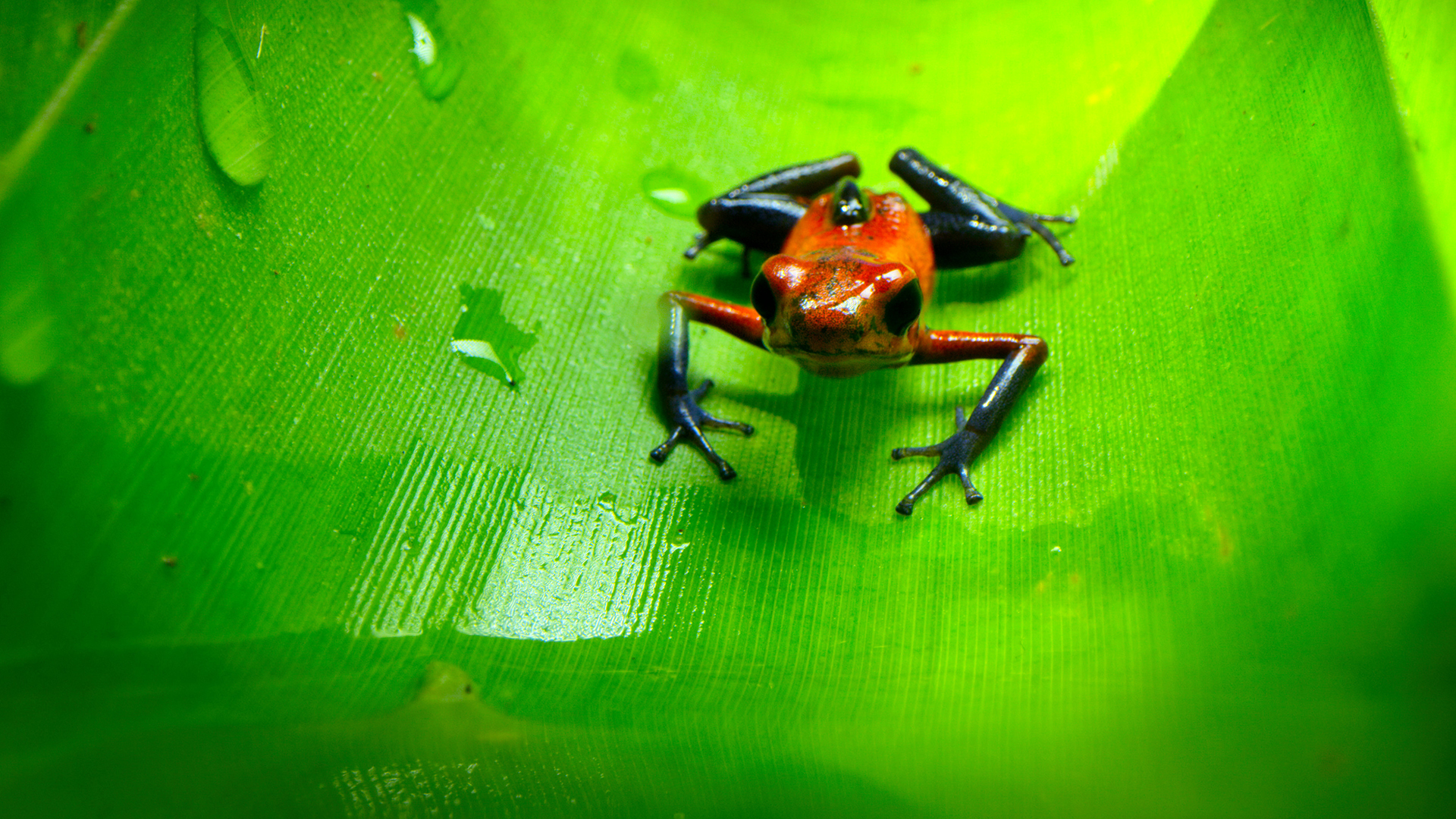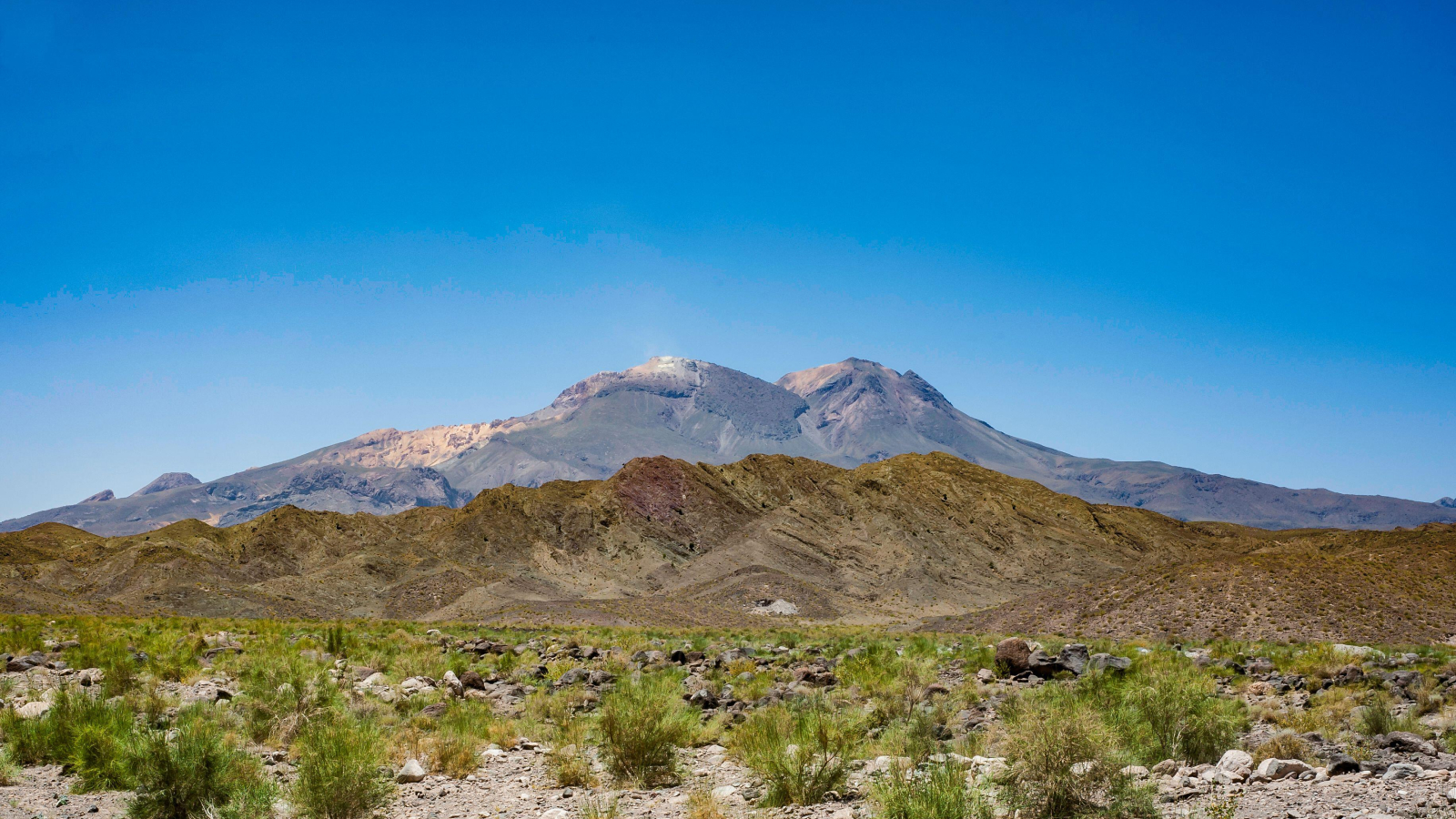Pipsqueak animals show off Marvel-like superpowers in 'Tiny World' docuseries
Nature documentaries showcase the most exciting moments of daily life in the natural world, and a new series reveals that survival for some of the tiniest creatures can be as harrowing, suspenseful and dramatic as it is for big animals.
Apple TV+'s "Tiny World" explores how the world looks when glimpsed from the point of view of its smallest wildlife inhabitants, such as minuscule scampering lizards; wee flyers like bees, dragonflies and hummingbirds; and rainforest primates that are so small they're dwarfed by a katydid.
The series is narrated by actor Paul Rudd, who embraced the power of the very small when he played the title character in the movie "Ant-Man" (Marvel Studios, 2015), acquiring superpowers that stemmed from the capabilities — and size — of an ant.
Related: Photos of the world's smallest (and cutest) owl
Appreciating the abilities and lifestyles of small, often-overlooked animals is a matter of perspective. For the filmmakers, that meant they needed to record scenes of nature as they appear to creatures that we typically tower above, demonstrating that life for these pipsqueaks is as "extraordinary, epic and magical" as it is for charismatic big animals, said "Tiny World" executive producer Tom Hugh-Jones.
"I want people to watch the show and come away with a new kind of respect and awe for animals they don't know so much about. And, hopefully, realize how important it is to protect these animals," Hugh-Jones told Live Science.
The show's animal superstars represent a diverse collection of life at a smaller scale, including brilliantly colored dancing peacock spiders, wee bony fish called gobies that "climb" waterfalls, power-punching mantis shrimp and web-slinging, multi-legged invertebrates known as velvet worms.
Get the world’s most fascinating discoveries delivered straight to your inbox.
"What was really key was to get down onto their level and experience the world from their point of view," Hugh-Jones said.
To do that, camera crews brought a range of lightweight but highly specialized gear to more than a dozen locations around the world, from remote forest sites in Madagascar to Appalachian woodlands in the U.S.; from the Pacific Ocean's coral reefs to ponds in Canada; and from Namibian deserts to the Australian Outback.
They used lenses from scientific instruments and mounted equipment on motion-controlled robotic arms that provided extra stabilization for shooting at the macro level. Drone pilots assisted with navigating flying cameras through forests to capture footage of animals as they zipped around tremendous obstacles — tremendous to them, at least — such as twigs and leaves.
Seen in this way, the everyday abilities of tiny animals — many of which are small enough to sit comfortably on your fingertip — rival those of superheroes from films and comics, Hugh-Jones said.
"They have to go up against incredible forces to survive against giant animal predators, and in order to do that, they've evolved all these amazing superpowers — whether it's geckos that shoot goo from their tails or mantis shrimps that can punch with the power of a .22 caliber bullet," he said. "They really are like a cast of Marvel characters."
The first six episodes of "Tiny World" are available to stream on Apple TV+.
Originally published on Live Science.

Mindy Weisberger is a science journalist and author of "Rise of the Zombie Bugs: The Surprising Science of Parasitic Mind-Control" (Hopkins Press). She formerly edited for Scholastic and was a channel editor and senior writer for Live Science. She has reported on general science, covering climate change, paleontology, biology and space. Mindy studied film at Columbia University; prior to LS, she produced, wrote and directed media for the American Museum of Natural History in NYC. Her videos about dinosaurs, astrophysics, biodiversity and evolution appear in museums and science centers worldwide, earning awards such as the CINE Golden Eagle and the Communicator Award of Excellence. Her writing has also appeared in Scientific American, The Washington Post, How It Works Magazine and CNN.


